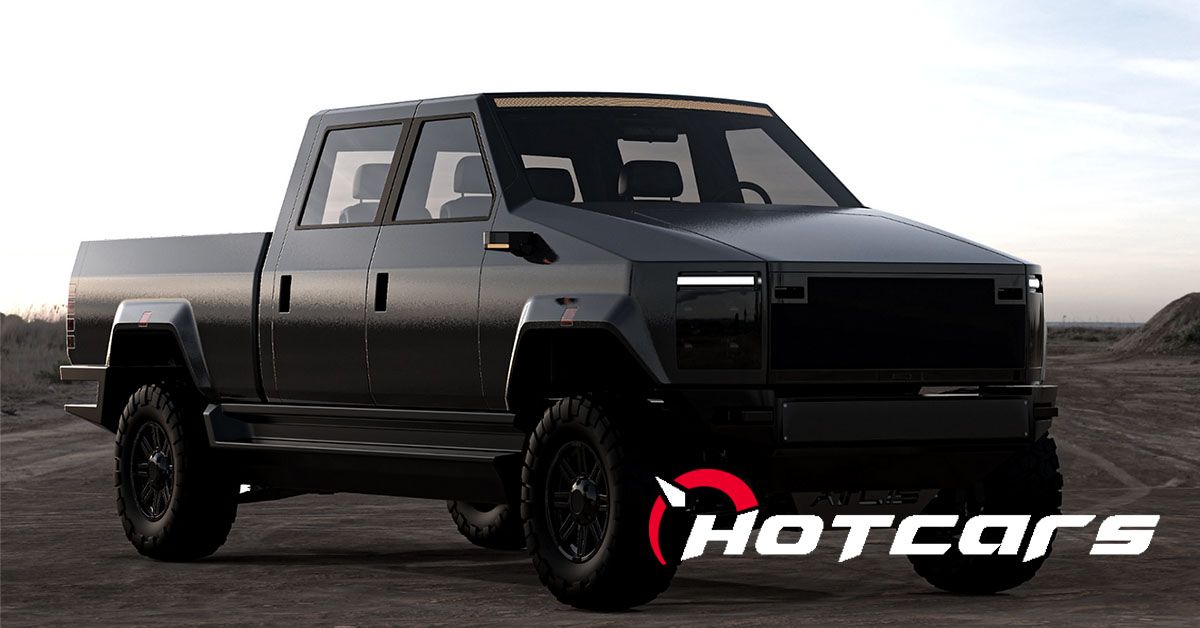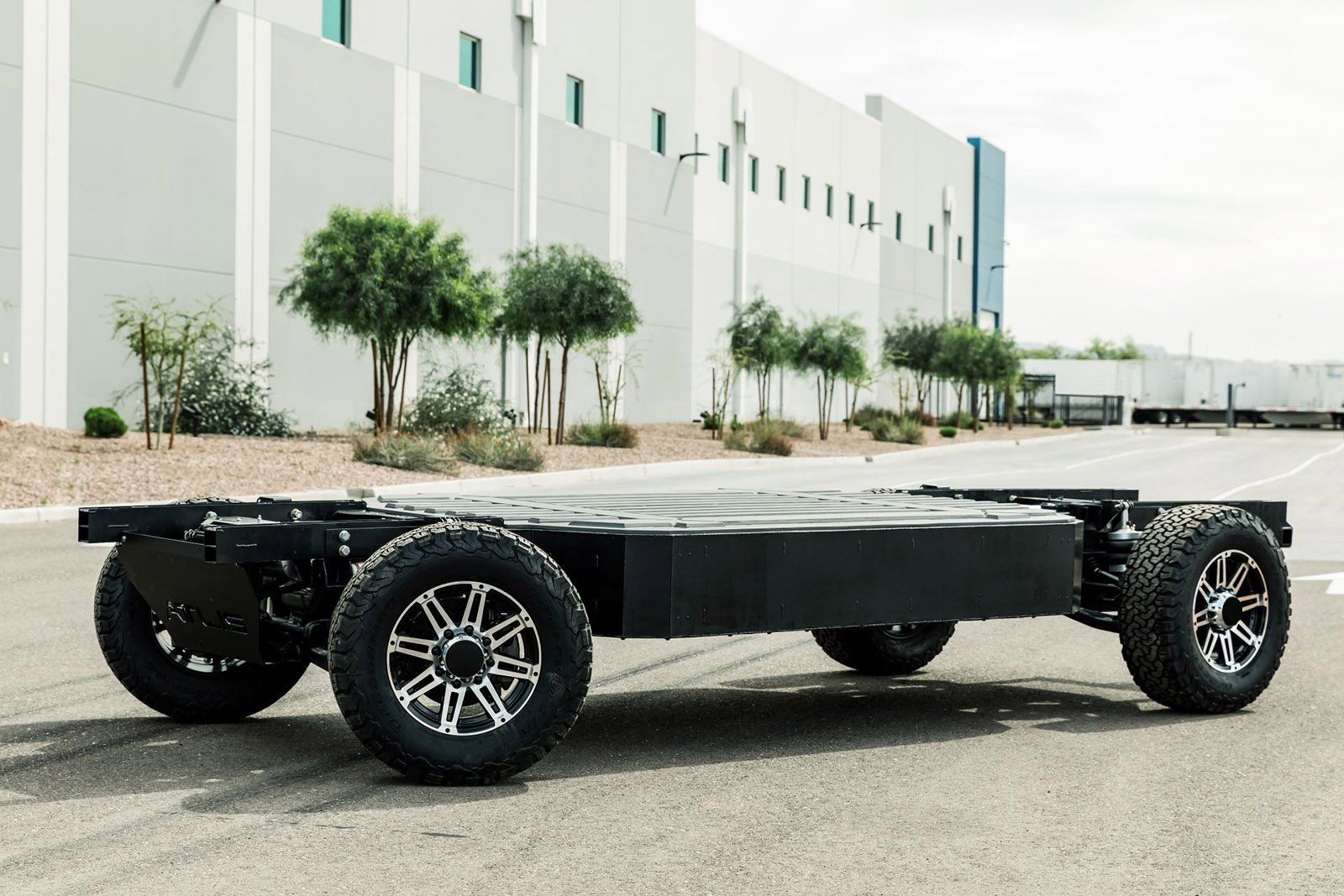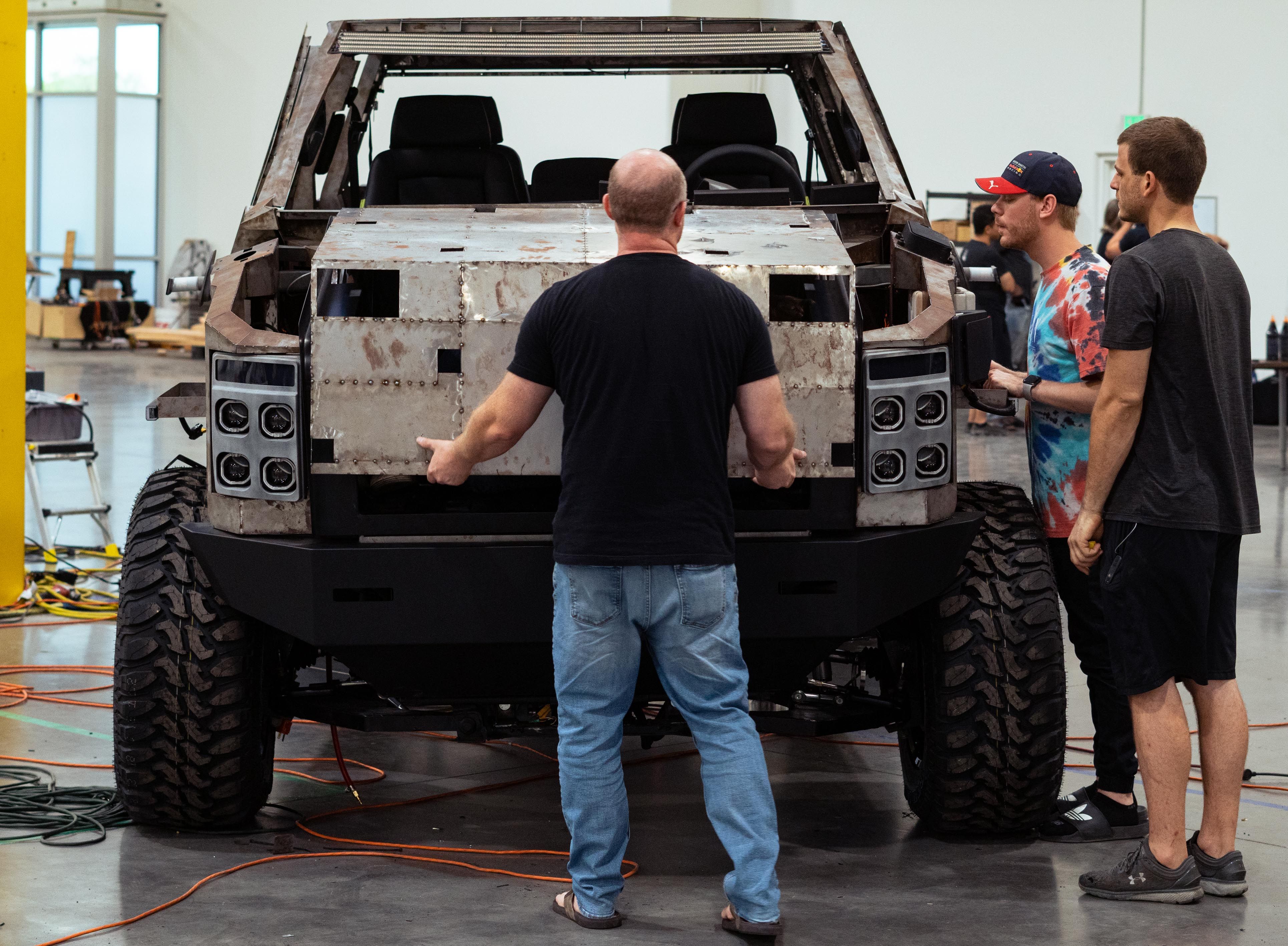While Atlis Motor Vehicles may sound like a new name in the EV sector, its roots span back nearly a decade. It all started with CEO and founder Mark Hanchett’s career switch.Before founding Atlis Motor Vehicles, Mark Hanchett was a director at Axon, a tech company predominantly known for its tasers used by law enforcement agencies across the globe. In the early 2010s, Hanchett began noticing Tesla’s achievements in the EV space and saw a sector in which EVs could excel. Since electric cars can produce preposterous torque figures and offer incredibly responsive traction control, Hanchett eyed an opportunity in the pickup truck industry. From 2013 on, Hanchett began working on a project to create the first electric truck brand.
The Inception Of Atlis Motors
In 2016, Atlis Motor Vehicles became incorporated, and Hanchett made up the entirety of its workforce. While it has been a mountainous climb to reach the point where Atlis is today, the firm is rapidly growing. Despite not being publicly listed, Atlis raked in north of $5 million in its most recent October 2021 investment round and is now home to 72 employees, per Hanchett.
However, Hanchett’s goal of delivering an electric pickup truck is far from over, and there is still a tremendous amount of ground to cover, but Atlis is taking an unusual approach to its EVs.
Unlike many EV startups, Hanchett’s business ecosystem isn’t just about vehicles. In fact, batteries remain at the forefront of Altis’s research and development processes. “We’re a work-centric, vertically-integrated EV company,” Hanchett told HotCars. Before going straight to releasing an electric pickup truck, Hanchett believes it’s best to create a profit stream through other means first to create a solid economic footing.
The Plan: XP Platform And Halo Vehicle
Currently, Atlis is perfecting its AMV Cube Cells, which will be sold individually and eventually packaged in its XP Platform. The Atlis pickup, dubbed the XT, will also reside on the XP platform, but Atlis will first sell the platform directly to customers and upfitters. “We’ve got five partnerships in place today, and three of them have pending purchase orders for pack commitments for at least the next 18 to 24 months. On top of that, we’ve got about another 65 that are waiting for us to reach a certain level of scale before they commit,” Hanchett said. By the second quarter of 2022, Hanchett says Atlis will officially start delivering battery pack solutions to its customers.
Once Atlis can manage to mass-produce its platform and maintain a steady income as its role supplying batteries, the XT will phase in as its new product. In a sense, Hanchett views the XT almost as a halo car to boast the firm’s technological feats, all while gaining attention to the brand. To do this, the XT must have groundbreaking specifications, and according to Hanchett, it’ll deliver.
Where The Electric XT Pickup Truck Fits Into The Market
Before getting to its performance specs, it’s essential to know where this truck lies within the market. “[The XT] is going to be bigger than a Cybertruck and a Rivian; it’s going to be like that of an F-350, a big class 2 or 3 truck,” Hanchett told HotCars. The EV space really hasn’t seen anything this large yet, so it should be the first of its kind. Hanchett is still looking at a $45,000 starting price and expects three battery options with range figures of 300, 400, and 500 miles. The most costly option is set to have a 250kWh battery, whereas the least expensive will have a 150kWh battery.
These are massive battery packs, and Hanchett wants to lower their capacities before starting production. A lower battery capacity means less weight, and that'll allow for better efficiency. Another factor regarding efficiency is how aerodynamic the vehicle is. “[The prototype’s] drag coefficient is a little too high, but the team is working on that,” said Hanchett. The best way to maximize range with EVs is to lower its drag coefficient because aerodynamic force is proportional to velocity squared.
For instance, if you’re driving at 30 mph versus 60 mph, you’ll use four times more energy to fight the air resistance. This is one reason as to why the Hummer EV is so inefficient compared to a Mercedes EQS, per se. With a blocky design, the Hummer just fights the air when driving at high speeds, whereas the EQS’s low drag coefficient allows it to simply slice through it.
Another aspect of the XT Hanchett is working on is its performance. As it stands, Atlis is preparing a powertrain with monstrous power figures. As said by Hanchett, “the motors are not designed for this yet, but the controller system will be able to handle 250kW (335hp) at each corner, so that’s a megawatt of power (1,341hp); that’s fun, right?”
The Philosophy Of Atlis
Despite these figures, maximum power isn’t everything, and Hanchett aims for something else: repeatability. “We’re trying to target very consistent specs; whether your battery is at 100% or getting down to zero, you’ll have very similar performance,” Hanchett told HotCars. Some of these performance specs include a maximum towing capacity of 35,000 pounds with a gooseneck trailer for its top-spec model and zero to sixty in less than five seconds—the latter of which Hanchett expects to lower by a significant percentage.
But before the truck releases to the market, Atlis’s battery cells and platform will pave the way. Within five years, Hanchett expects to be producing and selling around 30GWh of battery cells annually, as well as seeing 200,000 XTs out on the road.
To say this is a massive undertaking is to say just about nothing. But with a rapidly growing team and a battery facility with a dry room already built, the likelihood of seeing Hanchett’s dream coming to fruition is looking more and more concrete.



